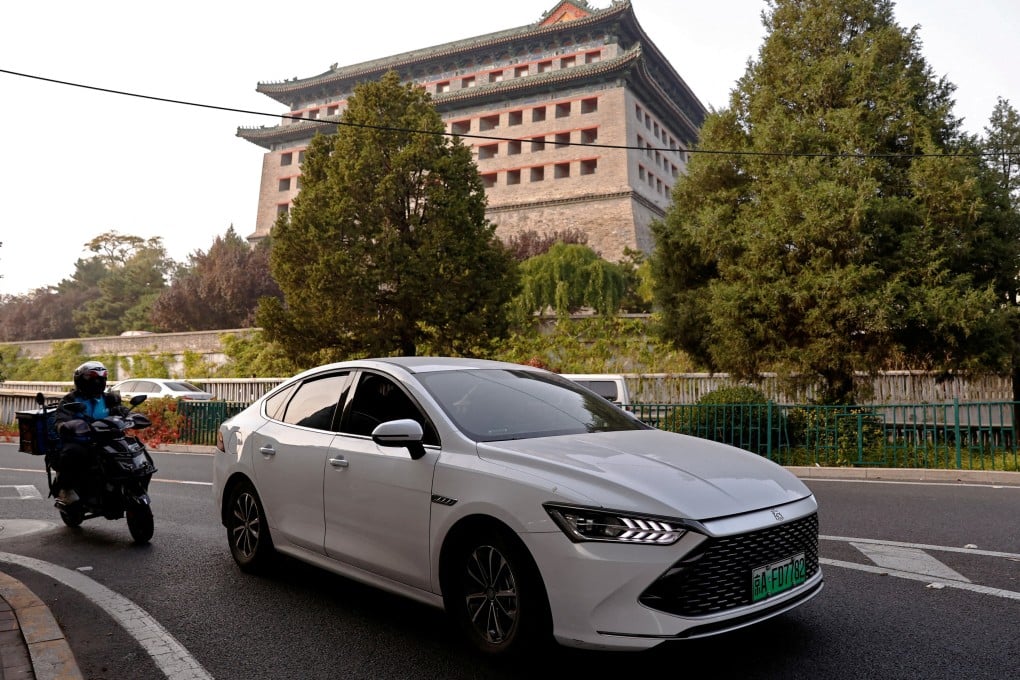Asian Angle | China’s drive for industrial dominance is likely to hurt developing countries – and itself
- Economic policymakers see a pivot towards investment in ‘new productive forces’ as necessary if China is to become a ‘medium-level developed country’
- But if Chinese workers were to make less and buy more, other countries could grow faster and so buy more advanced manufactured goods from China

The first thing to emphasise about the Chinese economy is that investment as a share of its gross domestic product is already very high. Correspondingly, consumption as a share of GDP is unusually low. Compared to a global average of about 70 per cent, consumption is just over 50 per cent of GDP in China. A low consumption share also means that China’s savings, at more than 40 per cent of GDP, are by far the highest among major economies.
By definition, a country’s savings must equal its investments and net exports if demand is to equal potential supply. If savings exceed investments and net exports, the economy is likely to suffer stagnation (and deflation) as balance is restored. This is already happening in China to some extent. Conversely, if domestic savings fall short of investments and net exports, it is likely to experience accelerating inflation, increasing foreign debt, and a worsening trade deficit.

The second salient fact about the Chinese economy is that the real estate sector has been the dominant form of investment over the last decade or so. The end of the property bubble means that China’s investment rate should come down, allowing the savings rate to fall. But the savings rate has remained stubbornly high, with weak consumption growth since the end of the zero-Covid policy. The longer-term reason for the low share of consumption is that China’s social-security system is underdeveloped, causing more precautionary savings by households than in advanced economies.
Economic policymakers in China see the pivot away from investment in property to investment in “new productive forces” as necessary if China is to become a “medium-level developed country” of about US$26,000 in GDP per capita (or twice the current level) by 2035. This would require annual GDP growth of about 6 per cent for the next decade or so.
But it is not clear that maintaining investment at the current share of GDP is desirable. An unusually high investment rate made a lot of sense when China’s population was young, the workforce was increasing, and the country’s infrastructure and productive capacity were underdeveloped. None of these is true any more. Additional investments are likely to yield diminishing returns; they have also been associated with higher levels of indebtedness (by firms, local governments and households) and wasteful spending.



.jpg?itok=BjPNafn3&v=1711028570)